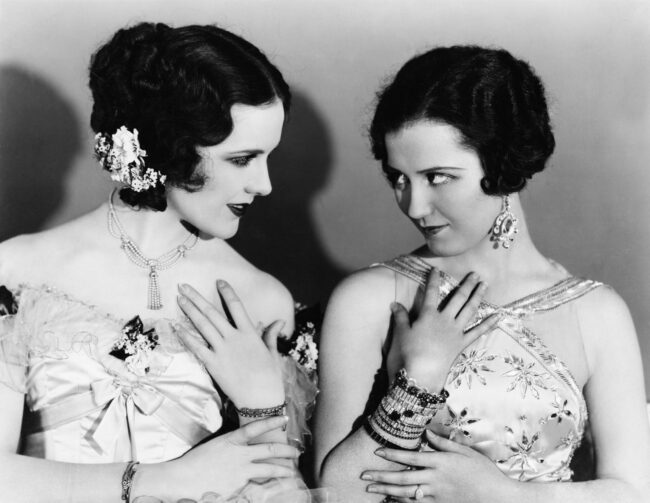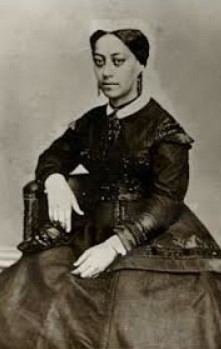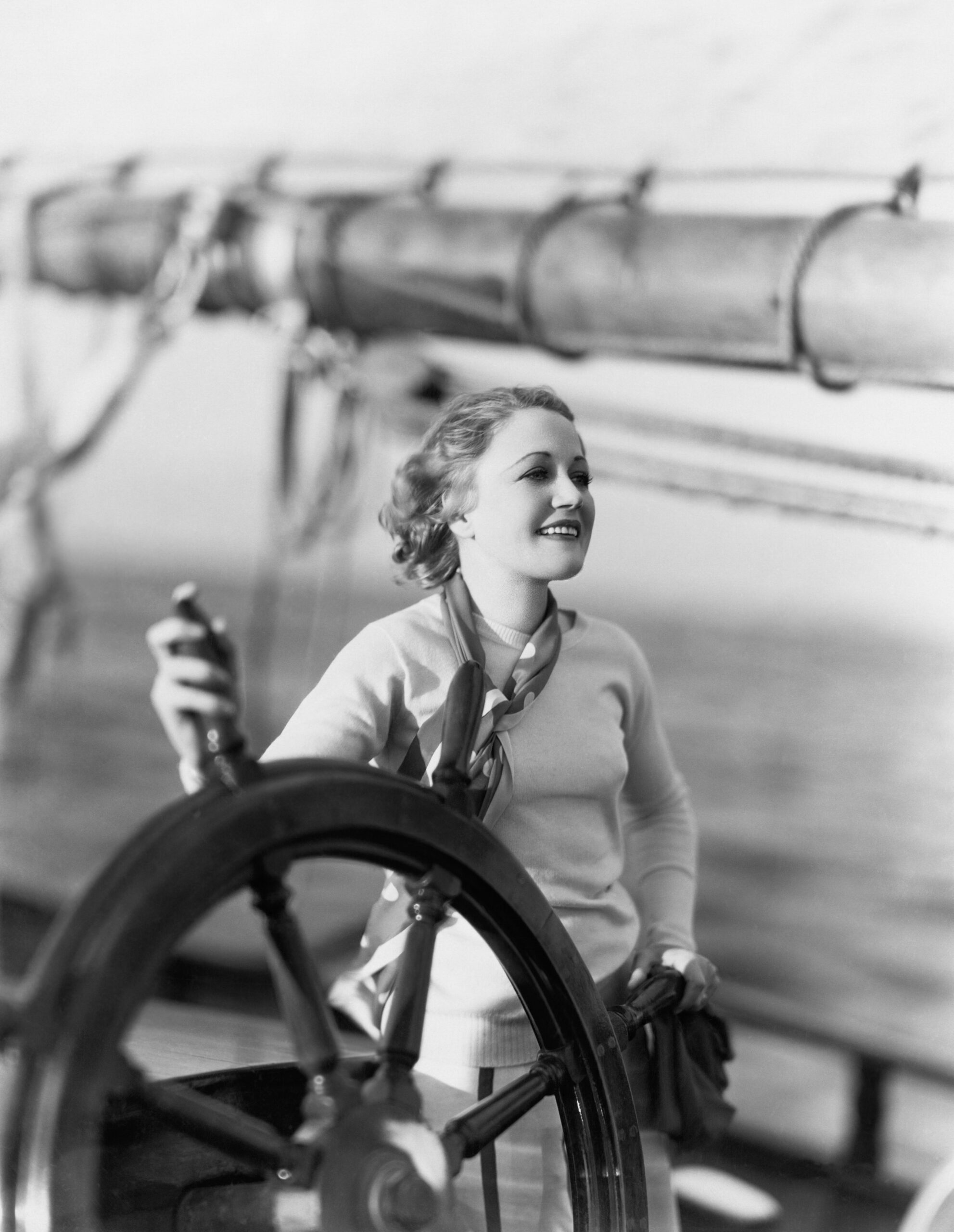
In the world of finance, women have historically faced significant challenges and biases due to their gender. Not only have they been excluded from participating, but their stories and successes have often been overlooked or viewed through a patriarchal lens. In this blog post, we shine a light on five remarkable female investors who defied conventions and made their mark in the financial world. They show that women can invest, always have and are exceptionally good at it!
WHERE DID IT START?
Women’s ability to own, manage, and create financial wealth has always been closely tied to their marital status.
In the 9th century, European women were allowed to own property, whether married or not. Norse societies allowed women to engage in business on equal terms with men.
However, by the 12th century, English common law introduced a concept known as coverture. This defined married couples as one financial entity. Married women’s possessions were considered the property of their husbands. This led on to the belief that married women themselves were their husband’s property.
WOMEN AND THE FINANCIAL REVOLUTION
The late 17th to the early 18th centuries is a period known as the Financial Revolution in England. During this time women from all backgrounds actively invested in various financial opportunities.
The opportunities arose out of a need to finance England’s war against France. Women made up a significant portion of the investors in this so called ‘loan industry’ (one-fifth to one-third). Often making speculative and risky investments women worked alongside brokers and bankers. This expanded their connections to a wider network beyond their traditional family circles.
The capital provided by women played a critical role in Britain’s emergence as a dominant economic, military and colonial power.

Sarah Churchill: Largest Single Account Holder at the Bank of England (1660-1744)
Sarah Churchill, the Duchess of Marlborough, was not only a sharp businesswoman but also an early adopter of the Financial Revolution. She had a powerful friendship with Queen Anne, depicted in the film “The Favourite.”
After her husband, the Duke of Marlborough, passed away in 1722, he left behind an estate worth £1 million. It was managed by trustees, including Sarah. When Sarah passed away in 1744, this fortune had grown to an estimated £4 million.
Despite lacking formal financial education, Sarah developed her own successful and mysterious money management techniques, that left her contemporaries astounded. At the time of her death, she held the distinction of being the largest single account holder in the Bank of England, with an account worth £166,855.
FINANCIAL CHANGES IN THE 19th CENTURY
As the 19th century unfolded, England and Wales experienced population growth, rising incomes, and the emergence of a thriving middle class. The Companies Acts of the 1850s and 1860s expanded investment opportunities. Single and widowed women were granted the same financial rights as men.
Single and widowed women could now own bank accounts, write checks, and purchase investments in their own name. They could also attend, speak, and vote at company annual general meetings. Married women eventually gained similar rights through the Married Women’s Property Acts of 1870 and 1882. They could then acquire and retain property in their own name, control their earnings, sue and be sued.
These legal changes liberated women from coverture, allowing them to live independently from their husbands and support their children. But the social stigma attached to this meant that women very rarely did this.
Fanny Cockerell: Financial Success to Make a Difference (1834-1900)
Born into a prominent and wealthy family, Fanny Cockerell defied societal norms to become a successful investor in the stock market. She displayed a remarkable ability to assess market trends and identify lucrative opportunities. She amassed a significant personal fortune. Her diversified portfolio included investments in railways, industrial enterprises and various other sectors, reflecting her astute approach to wealth management.
What set Fanny Cockerell apart was her commitment to using her financial success for philanthropic purposes. She generously supported charitable causes, particularly those focused on education and women’s rights. Her contributions played a pivotal role in advancing the feminist cause in the 19th century.
ACROSS THE POND: NOTABLE WOMEN IN AMERICAN FINANCE
The Gilded Age in the United States was marked by booming economic growth and innovation. While John D. Rockefeller, Cornelius Vanderbilt, Henry Ford and Andrew Carnegie are known as the titans of industry, several women also made their mark in finance and investing.
Mary Ellen Pleasant:
”Capitalist by Profession” (1814-1904)
Mary Ellen Pleasant was a 19th-century entrepreneur, financier, real estate magnate and abolitionist. She defined herself as a “capitalist by profession”. Her mission was to amass wealth to help as many people as possible.
Mary Ellen had a successful business providing lodging for miners during the California Gold Rush. After moving to San Francisco, she made intelligent investments in gold, silver, various companies and banks. While working as a live-in domestic she overheard conversations between the wealthy men she served. She used this information to inform her investment decisions.
Mary Ellen was aware of her precarious position as a black woman who had achieved financial and political power. She found ways to integrate into the culture of her time, forming a close alliance with Thomas Bell. He was a wealthy banker and capitalist and he helped her keep her true financial status a secret. Their collaboration meant she could finance and build her own mansion, that outwardly appeared to belong to the Bells. Mary Ellen served there as the housekeeper, managing both the household staff and relationships amongst the Bell family.


Victoria Woodhull: Stockbroking and Séances (1838-1927)
Victoria Woodhull and her sister Tennessee Claflin established the first women-owned brokerage firm in 1870. They initiated their enterprise by connecting with railroad magnate Cornelius Vanderbilt offering a “seance” by which they gave him investment advice based on insider information.
Impressed by their acumen, Vanderbilt provided them with financial support to create Woodhull, Claflin, & Co., the first brokerage firm in the U.S. managed by women for women. Before this, women could invest but only through male brokers who charged substantial commissions.
Following this achievement, Victoria and Tennessee founded a newspaper, becoming among the first women to do so. Two years later, Woodhull used the profits from her stockbroking firm to make a historic run for the U.S. Presidency.
Victoria Woodhull was a suffragette who championed women’s freedom to love, marry, divorce, and bear children without societal and government restrictions. She divorced her alcoholic and unfaithful husband, challenging the hypocrisy that tolerated men’s infidelities while forcing women to remain with unbearable spouses.
Hetty Green: The ‘Witch’ of Wall Street (1834-1916)
Hetty Green, once the wealthiest woman in America, was a skilled and disciplined investor known for her no-nonsense approach to finance. Born into a wealthy whaling family, she excelled in mathematics and finance from a young age.
She secured an early example of a prenuptial agreement to keep her finances separate from her husband, Edward Green. He was a speculative investor with an extravagant lifestyle. When Hetty discovered that her husband planned to use $550,000 of her money to cover a loss without her consent, she separated from him. This was groundbreaking at the time, as divorce was very rare.
Her approach to investing was based on a clear strategy and discipline. Hetty practiced a form of value investing, similar to the approach used by modern billionaire investor Warren Buffett. She held onto her shares when others panicked and bought them when they were cheap.
Hetty always maintained a significant cash reserve for lending purposes. During the Bank Panic of 1907, her financial knowledge and investments protected her. She also bailed out New York City along with numerous other investors.
She was a Quaker and despite her substantial wealth lived abstemiously, avoided high society and was known for dressing in black after her husband’s death. Called ”The Queen of Wall Street” by some Hetty is better known as the ”Witch of Wall Street”. A reflection of how her success and appearance were judged by a male-dominated financial world.


A CHANGING LANDSCAPE
The history of female investors has been a long struggle to attain equal access to own, manage, control, and create wealth independently.
There are far fewer female investors compared to men and there’s scant information on the ones that are known about. Writing this post has been challenging! This inequality, particularly affecting women of colour, reflects historical biases, racial disparities, and limited opportunities within the financial world for women.
Today, there are many accomplished female investors and financial professionals contributing significantly to the industry, breaking down the barriers that once restricted them. As we celebrate these forgotten female investors, let their stories inspire us to continue challenging gender and racial biases. And work towards an inclusive, equitable, and balanced financial world where everyone can thrive.
If you would like to start investing and don’t know where to start or who to trust then please do click HERE for my investing guide: Girls Just Want to Have Funds! The 7 Simple & Sparkly Steps to Start Investing.
If you liked this post, you might also enjoy these from the archive:
Girls Just Want to Have Funds: 3 Surprising Myths About Women and Investing
